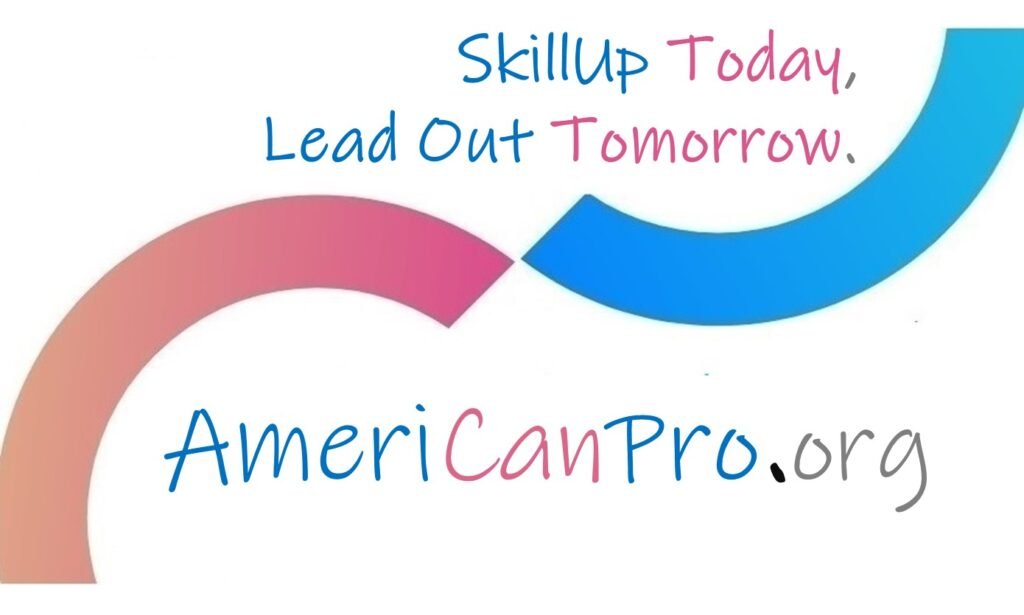Agile internal auditing is a methodology that adapts agile principles, typically used in software development, to the internal audit process. It emphasizes flexibility, collaboration, and continuous improvement to enhance the efficiency and effectiveness of audits. By breaking down audit work into smaller, iterative cycles (sprints) and fostering close collaboration with stakeholders, agile auditing aims to deliver timely insights and better address evolving business needs and risks.
Here’s a more detailed look at the key aspects of agile internal auditing:
1. Key Principles:
-
Focus on Value:Agile auditing prioritizes delivering value to the organization by focusing on high-risk areas and addressing critical business needs.
-
Iterative and Incremental Approach:Audit work is broken down into short, time-boxed cycles (sprints) allowing for flexibility and adjustments based on feedback.
-
Collaboration and Communication:Agile methodologies encourage close collaboration and communication among team members and with stakeholders throughout the audit process.
-
Adaptability:Agile auditing embraces change and allows for adjustments to the audit plan based on emerging risks and changing business priorities.
2. Benefits of Agile Auditing:
-
Increased Efficiency:Breaking down audit work into smaller sprints and focusing on high-priority areas can lead to more efficient use of resources.
-
Improved Risk Management:Agile auditing helps identify and address risks more quickly by encouraging continuous monitoring and feedback.
-
Enhanced Stakeholder Engagement:Agile approaches prioritize stakeholder needs and foster stronger collaboration, leading to more relevant and impactful audits.
-
Faster Insights:The iterative nature of agile auditing allows for faster identification and resolution of issues, providing timely insights to management.
-
Reduced Documentation:Agile methodologies often streamline documentation processes, focusing on essential information rather than extensive paperwork.
3. Agile Auditing Techniques and Frameworks:
-
Scrum:A popular agile framework that involves short sprints, daily stand-up meetings, and regular reviews.
-
Kanban:A visual project management system that uses a board to track the progress of tasks.
-
Risk Prioritization:Agile auditing often begins with a risk assessment to identify areas of highest risk and prioritize audit efforts accordingly.
-
Stakeholder Engagement:Actively involving stakeholders throughout the audit process helps ensure the audit is relevant and addresses their needs.
-
Streamlined Workflows:Agile auditing techniques aim to optimize audit workflows for efficiency and effectiveness.
4. Implementing Agile Auditing:
-
Training and Education:Internal audit teams need training on agile principles and methodologies to effectively implement an agile approach.
-
Change Management:Transitioning to an agile approach requires a shift in mindset and a willingness to embrace change.
-
Pilot Projects:Starting with pilot projects can help internal audit teams learn and refine their agile approach before implementing it on a larger scale.
-
Technology Adoption:Utilizing tools and technologies that support agile methodologies can enhance efficiency and collaboration.
5. Agile Auditing and the IIA Standards:
- The Institute of Internal Auditors (IIA) acknowledges and supports the adoption of agile methodologies in internal auditing.
- Agile IA (Internal Audit) methodologies are designed to align with and enhance the IIA Standards.
- Organizations can implement agile approaches while still adhering to the IIA’s framework and guidance.

